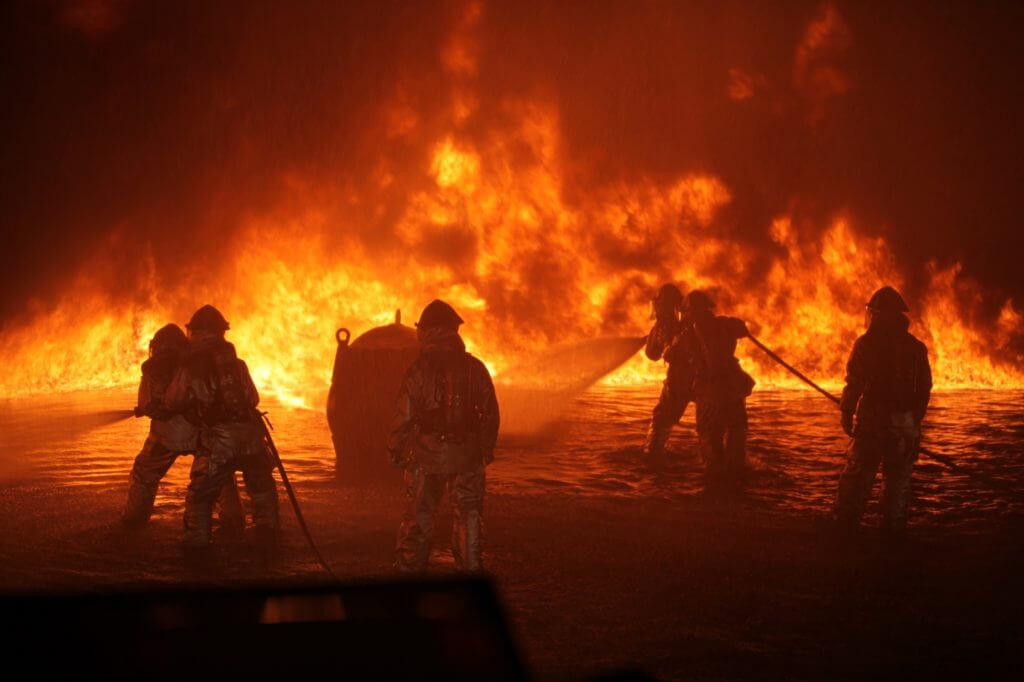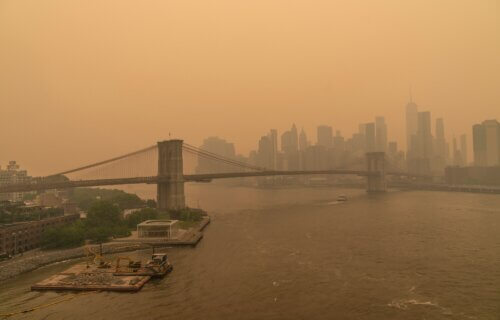BOISE, Idaho — Most of the east coast and all of New York City was recently covered in a thick coat of wildfire smoke originating from Canada, resulting in some of the worst air quality the region has ever seen. Wildfires all over North America have become increasingly common in recent years, but a new study finds smog isn’t stopping people from visiting national parks.
A team from Boise State University notes that more Americans than ever before are heading outside and spending time in their local national parks, and while that should be a positive development, it just happens to coincide with a troubling rise in the size and severity of wildfires across the continent. Wildfires produce incredible amounts of smoke, which then lingers and migrates into surrounding areas, polluting the air.
Wildfire smoke is a known risk to human health and welfare, especially if humans are exposed to such smoke for an extended period of time or while exercising. For instance, during a hiking trip to one of America’s national parks.
Matthew Clark, a doctoral student at Boise State University studying how social and environmental conditions intersect to influence how people view and value nature, set out to find out if wildfire smoke discourages people from visiting national parks – particularly the parks most affected by wildfire smoke.
Ultimately, he showed that smoke, even a whole lot of smoke, isn’t enough to deter visitors. National park attendance numbers held strong even if there was a dramatic amount of wildfire smoke present.
“I have actually lived my data,” Clark says in a media release. “I had driven six hours to go climbing in Yosemite. When we got there, we said, ‘Well, what are we going to do? We’re not going to turn around.’ We stayed anyway. I am one of my own data points.”

Clark and co-authors built upon earlier studies that had analyzed campsite reservations and cancelations by analyzing overall visitation data between 1980 and 2019. This approach allowed researchers to gauge how many people came to the park, as opposed to just the number of people that planned to spend the night at a campground. It’s worth noting that not everyone who visits a national park camps out; many are just day trippers, or perhaps hikers who prefer sleeping indoors or going back outside the park’s borders by the end of the day.
Study authors utilized an innovative statistical method called breakpoint modeling to detect threshold points in the analyzed data. Theoretically, there should be a level at which people will stop visiting national parks due to wildfire smoke, and these models allowed researchers to analyze that.
“When you are planning to visit a national park, a little bit of smoke might not make a big difference, but if there’s a lot of smoke, that might start to have a really dramatic effect on attendance,” the study authors note.
If this threshold does exist, it has not yet appeared in the data in a significant way. Park attendance remained steady regardless of wildfires or smoky conditions.
“We have many instances in our data set where the level of smoke in the national park, like in Redwood or Kings Canyon were very high and at extremely dangerous levels – nearly forty standard deviations above the mean – and we still don’t see visitation deviate from normal.”

Clark stresses that this study only assessed the trends, not the potential causes of said trends. People visiting national parks tend to travel farther and invest more time and money than people visiting other public lands. Consequently, such visitors may be reluctant to change their long-standing or expensive plans because of wildfire smoke.
“We don’t know why people are doing what they’re doing; we’re just describing the trend,” Clark adds. “People may, for instance, be changing what they’re doing when they’re in the park. We know when it rains, people tend to choose different activities in response to the weather. They still come to the park, but they may change their behavior in response to the weather once they’re there.”
Study authors say understanding exactly how park visitors feel about, and react to, wildfire smoke is key to keeping visitors safe and preserving the future of national parks. Educating people about how to safely survive smoky periods by staying inside, engaging in less strenuous activity, and limiting exposure, will help people enjoy national parks more in the long-run.
“There are so many different ways to enjoy the parks,” Clark concludes. “People can do activities that don’t rapidly increase their heart rate or breathing rate on very smoky days. Rangers and managers can monitor smoke levels at different locations throughout the park during the day and keep visitors informed of the best places to be. We just need to do a good job of informing people about smoke and providing alternative activities to keep everyone safe. Especially young people, and people who are used to vigorous outside activity—it can be hard to assess the risk.”
The study is published in the journal Ecosphere.
You might also be interested in:
- Most Beautiful National Parks In The World: Top 5 Destinations, According To Travel Experts
- Humans have started 97% of wildfires that threaten U.S. homes since 1992
- Smog on the go: Air pollution in NYC caused by wildfires as far away as Canada!

